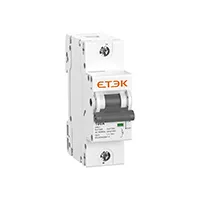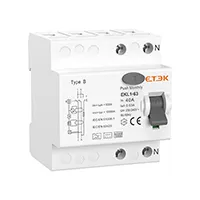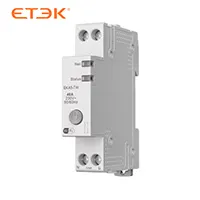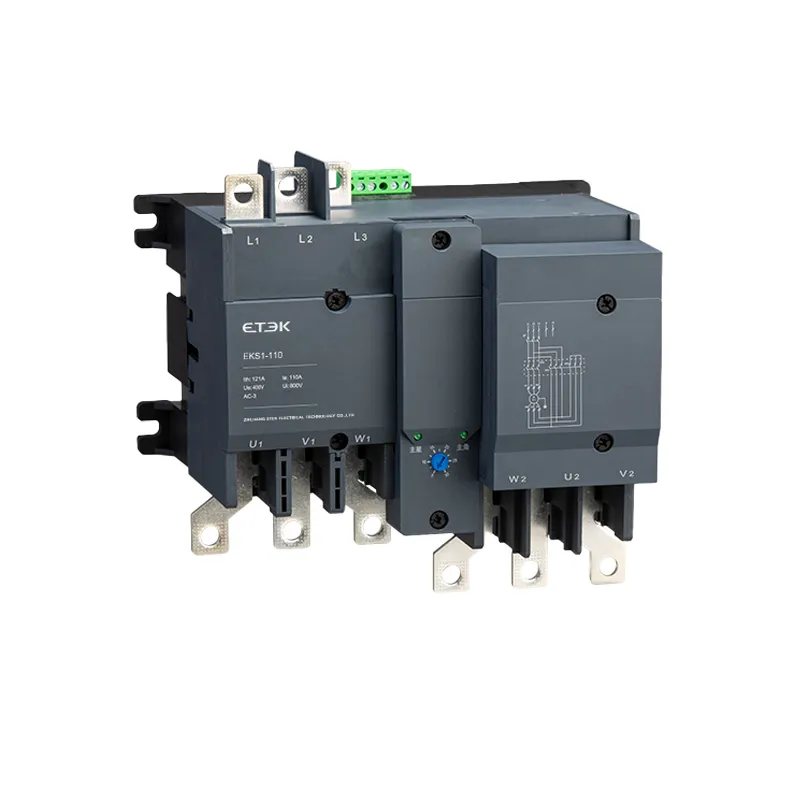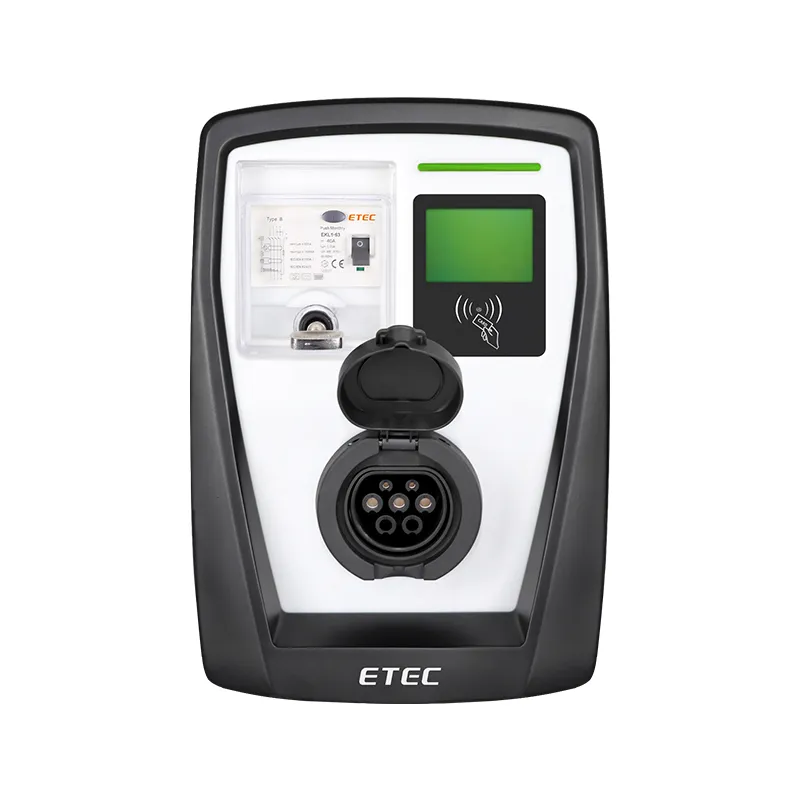Essential Guide to Electrical Protection Devices for Safe and Reliable Power Management
Electrical protection devices are foundational to ensuring safe power management. Understanding their function is essential for optimizing safety and reliability. Circuit breakers, fuses, and residual current devices each have specific roles that mitigate potential electrical hazards. By promptly addressing issues such as overloads or current imbalances, these devices not only protect equipment but also enhance user safety. Additionally, consistent monitoring and quick disconnection of power help reduce downtime and maintenance costs, preserving system integrity. As the complexity of power systems increases, integrating these protective devices becomes ever more crucial for effective operation and compliance with safety standards.
Key Types of Electrical Protection Devices for Optimal Safety
Electrical protection devices are integral to maintaining safety in power systems. Circuit breakers are among the most critical, acting as automatic switches that interrupt the current flow during overloads or short circuits. Fuses serve a similar purpose; they melt under excessive current, effectively breaking the circuit to prevent damage. Additionally, Residual Current Devices (RCDs) monitor electrical currents and disconnect power in case of leakage, safeguarding users from electric shocks. Surge protectors are essential for guarding equipment against voltage spikes caused by lightning or power surges, ensuring longevity and reliability of appliances. Each device plays a unique role in preserving both equipment and personal safety, collectively creating a robust defense against electrical hazards.
Understanding the Functions of Essential Electrical Protection Devices
Electrical protection devices help detect faults and abnormal conditions, quickly isolating problems and preventing potential damage. Common types include circuit breakers, fuses, and residual current devices (RCDs), each with unique functions.
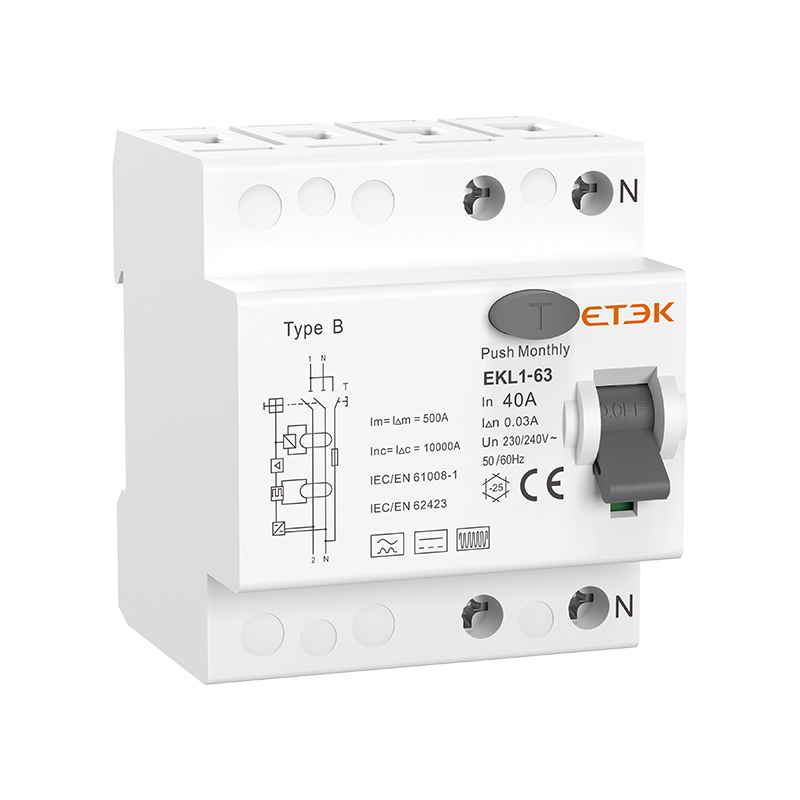
|
Device Type |
Function |
|
Circuit Breaker |
Automatically switches off circuits during overload or short circuit conditions. |
|
Fuse |
Melts under excessive current, interrupting the flow to prevent damage. |
|
Residual Current Device (RCD) |
Detects imbalances in electrical current and disconnects supply to protect against electric shock. |
"Choosing the right protection device can significantly enhance system safety."
Additionally, these devices enhance operational continuity by minimizing downtime in case of faults. Continuous monitoring ensures that any abnormal activity is quickly addressed, maintaining the reliability of power systems and protecting against costly repairs or hazards.
The Importance of Electrical Protection in Reliable Power Systems
Electrical protection devices detect faults and automatically disconnect power, thereby preventing equipment damage and ensuring user safety. They effectively mitigate risks associated with electrical failures. This proactive safeguard not only protects sensitive components but also extends the lifespan of electrical systems. Furthermore, employing these protective devices complies with safety regulations and standards, fostering a safer environment for users and technicians. Essentially, integrating appropriate electrical protection is critical to achieving optimal performance and operational efficiency in any power management system.
A Comprehensive Overview of Electrical Protection Devices in Power Management
1. Circuit breakers automatically interrupt the circuit upon detecting a fault and can quickly restore power once the issue is resolved.
2. Fuses perform a similar function by melting during overcurrent conditions, thereby blocking the flow of electricity.
3. Surge protection devices shield systems from voltage spikes caused by lightning strikes or other disturbances.
By understanding these devices and their functions, users can enhance system reliability and performance while ensuring compliance with safety standards. Proper integration of these protective measures significantly reduces downtime and repair costs caused by electrical faults. As power management grows increasingly complex, these critical tools remain essential for maintaining system integrity.
Conclusion
In conclusion, the effective implementation of electrical protection devices is essential for the safety and reliability of power systems. By integrating devices such as circuit breakers, fuses, and residual current devices, users can prevent potential hazards and minimize disruptions. These protective measures detect faults promptly and ensure that power is disconnected when necessary, thus safeguarding equipment and users alike.
For professional protection solutions tailored to your power system, contact us immediately to receive your exclusive safety solution!



.webp)

